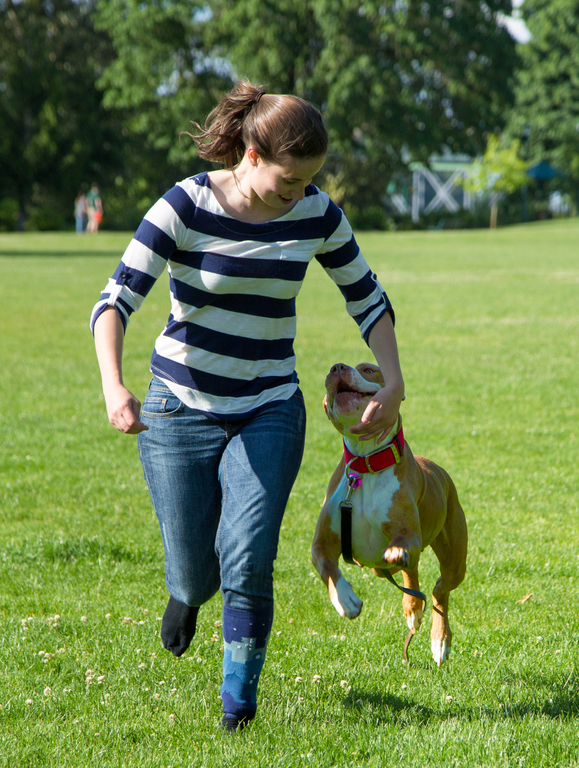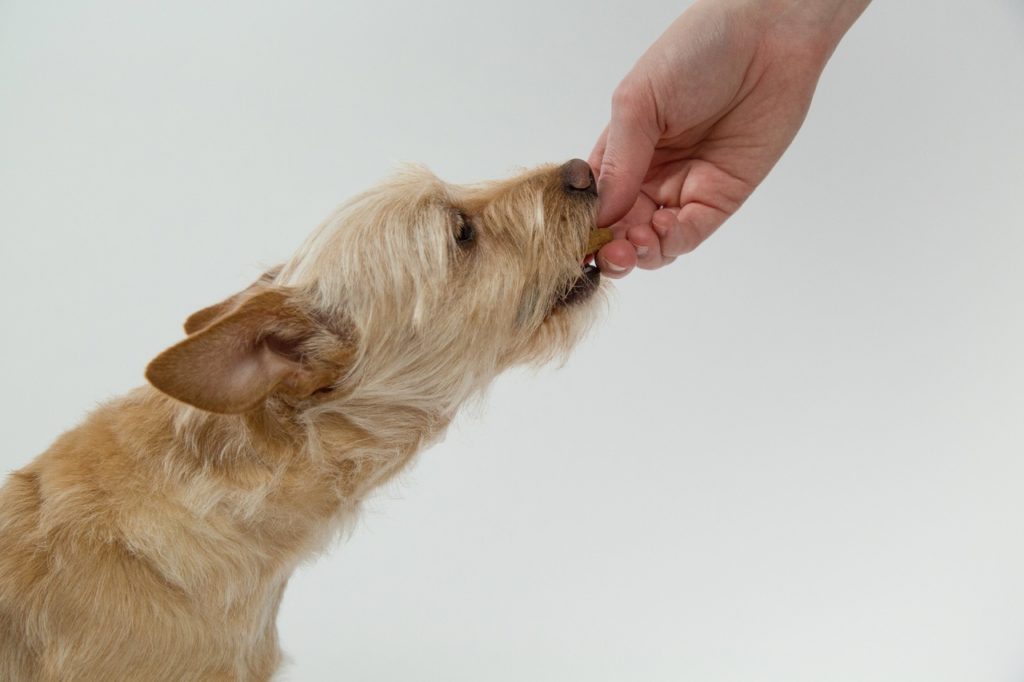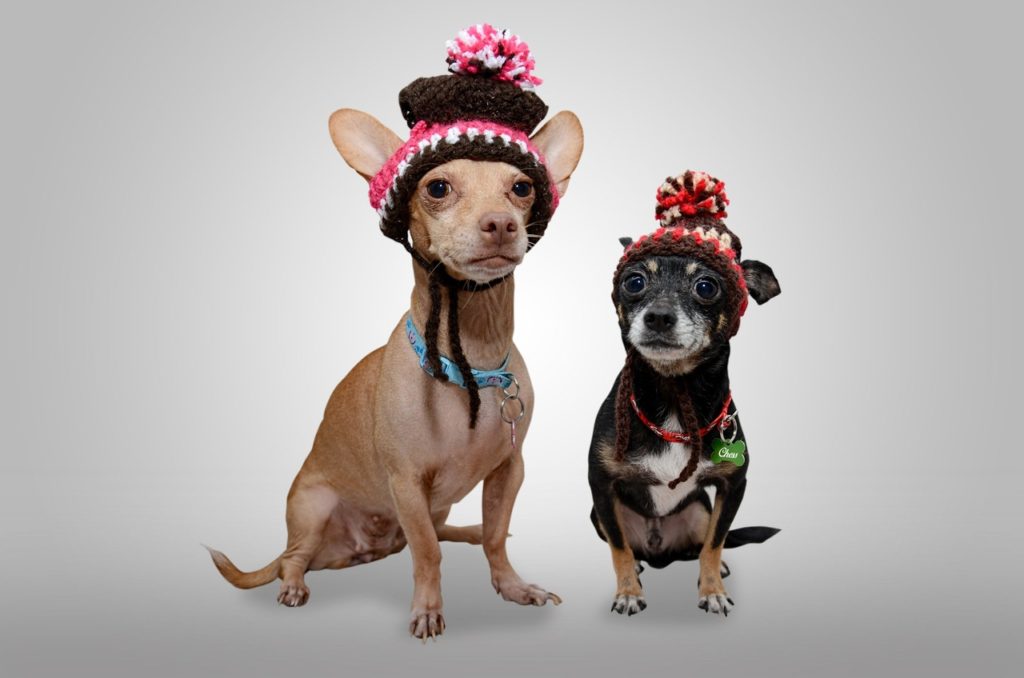Megaesophagus in dogs presents a complex set of challenges for both pets and their owners, requiring a multifaceted approach to care.
From understanding the intricacies of this condition to implementing tailored management strategies, the journey of caring for a dog with megaesophagus involves critical considerations that can significantly impact their quality of life.
By exploring the causes, symptoms, and specialized care techniques, dog owners can provide essential support to their furry companions facing this condition.
Let's explore the key elements of effective care for dogs with megaesophagus, ensuring their well-being and comfort are prioritized at every step.
Key Takeaways
- Megaesophagus in dogs causes swallowing difficulties and regurgitation, with varying severity and management options.
- Management involves upright feeding, dietary adjustments, hydration support, and specialized gear to prevent complications.
- Early diagnosis and intervention are crucial to prevent pneumonia and ensure proper care.
- Connect with support networks like the Upright Canine Brigade for guidance, emotional support, and practical advice in caring for affected dogs.
Causes and Symptoms of Megaesophagus
The etiology of megaesophagus in dogs encompasses a spectrum of congenital and acquired factors that manifest through distinct clinical manifestations.
Congenital causes may include conditions like persistent right aortic arch or vascular ring anomalies, leading to esophageal dilation. Acquired factors such as myasthenia gravis, a neuromuscular disorder affecting esophageal function, or toxin exposure, can also contribute to megaesophagus development.
Clinical signs of megaesophagus in dogs typically involve regurgitation, where undigested food is expelled shortly after eating, excessive drooling, weight loss despite a normal appetite, acid reflux resulting in discomfort, and an increased risk of aspiration pneumonia due to food or liquid entering the lungs.
Understanding these causes and symptoms is essential for timely diagnosis and appropriate management of this challenging condition.
Diagnosing Megaesophagus in Dogs
Understanding the diagnostic process for megaesophagus in dogs involves a comprehensive evaluation of clinical symptoms and specialized tests to confirm the presence of this esophageal disorder. When suspecting megaesophagus in your dog, the following steps are typically taken for an accurate diagnosis:
- Vet Visit: Schedule an appointment with a veterinarian experienced in diagnosing and managing esophageal disorders.
- History-Taking: Provide detailed information about your dog's symptoms, including regurgitation frequency, drooling, and weight loss.
- Specialized Tests: Chest X-rays and a barium swallow test may be recommended to visualize the esophagus and determine if there is any dilation or dysfunction present.
Management Strategies for Megaesophagus

Effective management of megaesophagus in dogs involves implementing specialized care strategies to improve the quality of life for affected animals. These strategies include upright feeding techniques, dietary considerations, hydration support, the use of special gear, and seeking support from veterinarians and support networks. By carefully managing a dog with megaesophagus, pet owners can help alleviate symptoms and reduce the risk of complications like aspiration pneumonia. Below is a table summarizing key management strategies for dogs with megaesophagus:
| Management Strategy | Description | Benefits |
|---|---|---|
| Upright Feeding | Utilize gravity by feeding dogs in an upright position | Prevents regurgitation and aspiration |
| Dietary Considerations | Opt for small, frequent meals and special diets/supplements | Helps with digestion and nutrition |
| Hydration Support | Add water to food, consider fluid therapy, administer fluids | Maintains hydration levels |
Upright Feeding Techniques
Could implementing upright feeding techniques significantly improve the management of megaesophagus in dogs?
Feeding dogs in an upright position can be a game-changer in aiding their digestion and reducing the risk of regurgitation.
Here are three tips to help you perfect this technique:
- Bailey Chairs 4 Dogs: Consider investing in a specialized chair designed to keep your pup comfortably upright during mealtime.
- DIY Contraptions: Get creative and craft your own feeding contraption that helps your dog eat in a vertical position.
- Consistent Practice: Be patient and consistent with the upright feeding technique to allow your dog to adapt and benefit from this method effectively.
Dietary Considerations for Megaesophagus

Implementing appropriate dietary considerations is essential in effectively managing megaesophagus in dogs, complementing strategies like upright feeding to optimize their nutritional intake and overall well-being.
When planning meals for a dog with megaesophagus, opt for small, frequent feedings to reduce the risk of aspiration. Experiment with different food forms such as meatballs of canned food or food in a slurry consistency to find what works best for your pup.
Some dogs may benefit from special diets tailored to their condition or supplements to ensure they receive adequate nutrition. Consulting with a veterinarian or a veterinary nutritionist can help tailor a diet that meets your dog's specific needs while supporting their health and well-being.
Hydration Support for Dogs
Supporting adequate hydration is essential for dogs with megaesophagus to maintain their overall health and well-being. Ensuring that your pup stays hydrated can help in preventing complications and supporting their overall quality of life.
Here are some tips for providing hydration support to dogs with megaesophagus:
- Add Water to Food: Mixing water with your dog's food can help increase their overall fluid intake.
- Consider Supplemental Fluid Therapy: In some cases, your veterinarian may recommend supplemental fluid therapy to ensure your dog is adequately hydrated.
- Learn How to Administer Fluids Under the Skin: Your vet can teach you how to safely administer fluids under your dog's skin at home to help maintain hydration levels.
Special Gear and Equipment

To effectively manage megaesophagus in dogs, utilizing special gear and equipment can play a crucial role in maintaining their health and quality of life. Harnesses, rather than neck collars, are recommended to keep the dog's head elevated, aiding in digestion and reducing the risk of aspiration pneumonia.
Neck pillows or special collars can also help in maintaining the correct posture during and after meals. Additionally, Bailey Chairs 4 Dogs or custom-made contraptions can assist in upright feeding, allowing gravity to aid in the passage of food into the stomach.
These tools help alleviate symptoms associated with megaesophagus and improve the overall well-being of affected dogs.
Support Networks for Pet Owners
Pet owners facing the challenges of managing their pets' health conditions like megaesophagus can find invaluable assistance and camaraderie through established support networks. These networks offer emotional support, practical advice, and a sense of community for individuals facing similar experiences.
Here are three ways pet owners can benefit from support networks:
- Access to valuable insights and tips from other pet parents who have experience with megaesophagus.
- Resources like the Upright Canine Brigade can provide specific guidance on effectively managing the condition.
- Sharing experiences with others can offer emotional support and practical advice in caring for dogs with megaesophagus.
Conclusion
In conclusion, understanding the causes, symptoms, and management strategies for megaesophagus in dogs is crucial for providing optimal care for affected pets.
By implementing upright feeding techniques, considering dietary adjustments, offering hydration support, utilizing special gear, and seeking support networks, dog owners can effectively manage this challenging condition and enhance the quality of life for their furry companions.
Stay informed and proactive in caring for dogs with megaesophagus to ensure their well-being.




